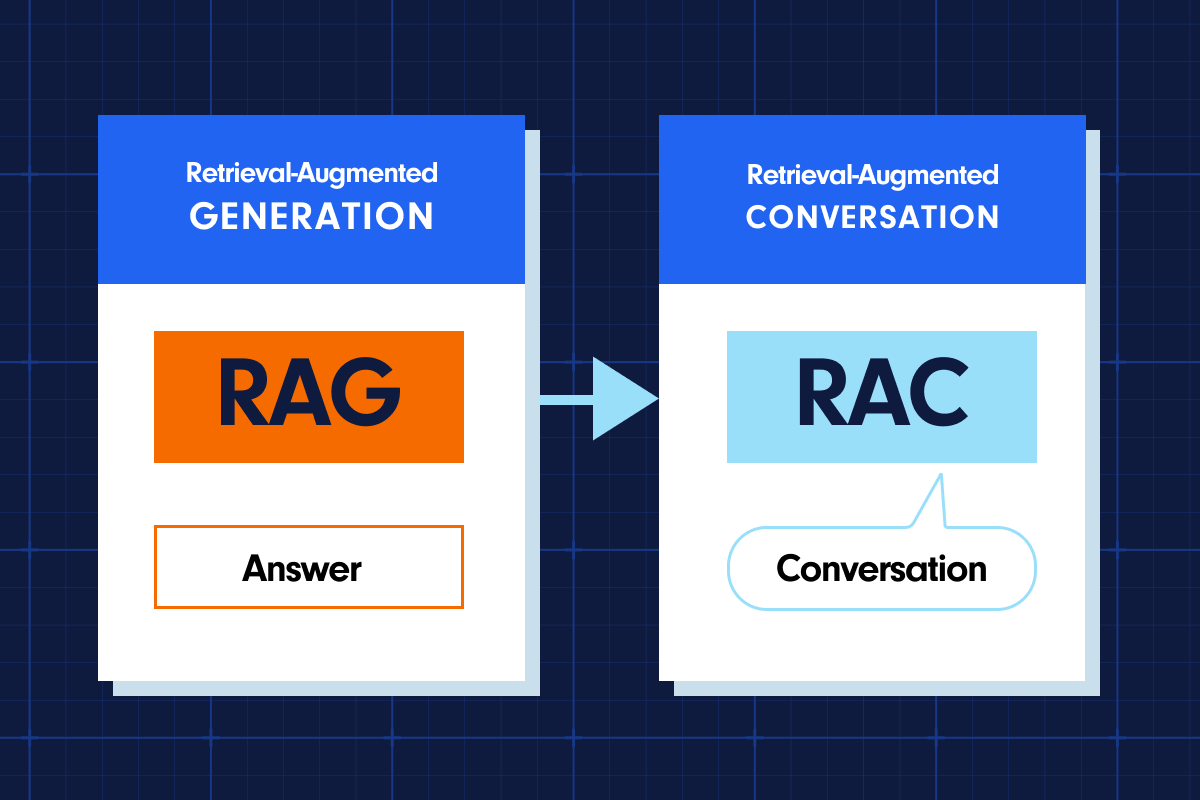Discover what a service intelligence platform is, how it works, and how it can help improve efficiency and customer experience for service organizations.
Key Takeaways
- Service Intelligence platforms are made up of two distinct toolsets – Intelligent Troubleshooting tools & Prescriptive Analytics tools
- Historical data from your service tickets, call logs, machine logs, and even technician notes are processed and run through models that group symptoms with highly relevant fixes
- These tools instantly diagnose issues and give end-users, call center professionals, and field service technicians an immediate understanding of how to repair an issue, or what parts could be replaced to fix an issue
- Prescriptive reporting tools generate insights that service managers turn into strategies for optimizing service delivery and improving efficiency
- You can use these platforms to help customers self-serve, improve phone resolutions to reduce truck rolls, improve first time fixes in the field, and manage a more effective workforce.
What is Service Intelligence–and why is it important?
Any service interaction with your customers generates valuable information you can use to understand how each and every issue with your product can be repaired. These interactions (and the data they generate) are the building blocks of Service Intelligence. Typical service interactions include:
- Calls with a customer support team
- On-site visits (and repeat visits) from a field service team
- Reports of asset breakdowns
- Asset in need of preventative maintenance program
- Effectiveness of preventive maintenance activities
- Purchase orders for assets and parts
- Maintenance logs
- Technician job notes
- Technician domain knowledge

What does a Service Intelligence Platform do?
Service intelligence platforms use natural language processing and machine learning to combine historical service data with input from your most experienced technicians, turning it into your secret weapon for uptime.
This knowledge is made available as hands-on troubleshooting tools designed to give your end-users, customer service professionals, field service technicians, and service managers the exact information they need, right when they need it.
Service intelligence platforms are made up of these components:
- Troubleshooting and triage tools that deliver the collective knowledge of your most experienced technicians to any end-user, customer service pro, or technician
- Workforce reporting that measures how well each of your technicians is performing in the field and provides guidance on types of training they can benefit from
- Asset reporting that identifies potential issues or engineering challenges with your products
- Customer success reporting that identifies your performance relative to each customer and predicts escalations before they occur
Here’s how Service Intelligence Platforms improve operating efficiency…
Each extra step your team takes to resolve a service issue can dramatically increase your costs and end-user frustration. What would it mean for your business if you could reduce service calls, truck rolls, and call-backs each by 10%?
Here are the major benefits of implementing a Service Intelligence Platform…
1. Improve self-service & reduce inbound service calls
Imagine if your customers could instantly understand what’s wrong with their asset…
With self-service tools embedded directly into your website’s service portal or homepage, end-users can use a chat function to explain their issue and diagnose the issue in seconds. From here, they’re halfway to purchasing the needed part online or being connected to a support person who already knows the issue they’re experiencing and how to help.
Talk about empowering your customers!
2. Improve phone fix rate and reduce truck rolls
Service Intelligence tools put all of your historical data and best technicians’ knowledge directly into your support teams’ hands. Even a brand new customer service rep can answer a call, enter the issue the caller is experiencing into their computer, and know exactly which questions to ask to quickly zero in on the root cause.
With the right fix in hand, they can guide your customer through the fix themselves to eliminate an expensive truck roll. If it’s a bigger issue, they can tell your field service team exactly what to expect on-site and provide a list of parts they should have on hand.
3. Improve first time fix rate in the field and reduce callbacks
Your field service technicians’ time is best spent on fixing problems and moving to the next job site rather than scratching their heads trying to diagnose an issue.
Mobile troubleshooting tools let them enter the issue they’re seeing and immediately learn which fix is needed. No more wasting money on replacing the wrong parts, or coming back to job sites when a repair doesn’t hold.
4. Build a 360-degree view of your service organization’s performance
Service managers rely on service intelligence platforms’ prescriptive analytics to crunch performance data at the customer, asset, team, and technician levels and tell them exactly where to focus their precious time and effort.
These tools identify the 20% of effort that is going to generate 80% of the results each week — whether it’s focusing on training needs for an underperforming team, knowing which customers could use a check-in, or realizing that an asset in the field is at high risk of failing.
Service Intelligence from Aquant is ready for action
We want you to deliver efficient, effective service experiences that make your customers say “wow.”
The Aquant Service Intelligence Platform has everything your service and support managers and technicians need to reduce costs, improve efficiency, and deliver high-end customer experiences like never before. Our prescriptive analytics and intelligent troubleshooting tools enable a ‘shift left’ approach to reduce strain on your resources at each touch point across the service cycle — ultimately improving your bottom line.
Request a demo today to level up your service delivery at every stage.








